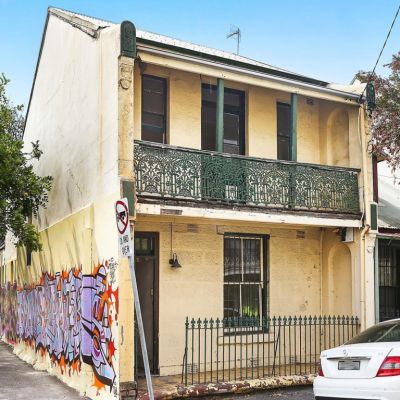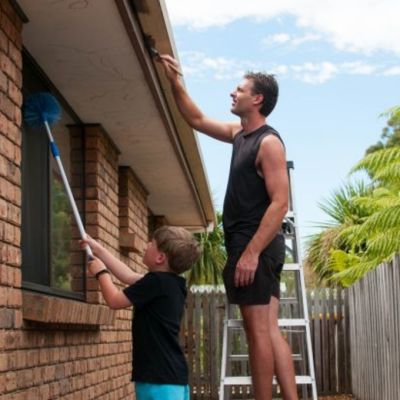Five weird household smells and how to get rid of them before selling your home

First impressions last when selling a home, but one aspect of your property that has a lingering effect on potential buyers may have little to do with how it looks.
Foul smells can hit buyers before they even walk in the door, and if all they can think about is what horrors could be causing the odour, it’s impossible to focus on a home’s redeeming features.
While buyers planning an extensive renovation or knock-down rebuild project can ignore offensive smells, for owner occupiers it’s a different story, according to buyer’s agent John Carew from Mayfield Property Buyers.
“My advice is always to rectify that issue because it’s going to turn potential buyers off and they’re going to factor in additional costs to rectify it anyway,” he said.
Masking smells with candles, fragrances and deodorising sprays is only a temporary solution, so the first step is to identify the source.
1. Cats and dogs
If you’ve lived with pets, you may be somewhat immune to their odours, but future buyers certainly are not. Pet odours can reduce the number of buyers interested in a property, according to real estate agent Simon Pilcher from Pilcher Residential.
“[With] dog smell and, in particular, dogs that live in the house, there’s definitely negative feedback,” he said. “We’ve sometimes had people go into sneezing fits, so it’s not just the aroma.”
Carpets harbour pet odours, and the smell of urine can linger long after an accident. The first step to remove pet odours is to vacuum all carpets thoroughly, then treat any urine stains with an enzyme cleaner, available from pet stores.
Alternatively, mix bicarb soda and water to form a paste and apply to stains, then pour a small amount of vinegar over the stain. Pat firmly with paper towels to absorb moisture, then rinse with cold water and pat dry again.
If smells remain after treatment, hire a professional carpet cleaner and point out specific stains that need attention. Worn carpets are a turnoff to buyers, so replacing seriously stained carpets may be the most effective solution, and can also enhance a home’s value.

2. Mould and mildew
Mould has a musty, earthy smell and occurs in areas with excess moisture, often due to condensation in areas with low air flow, or a leaking roof, pipe or wall. Homes with rising damp may also have mould, as the masonry wicks moisture from the ground and into the home.
It’s also prevalent in poorly ventilated apartments, with bathrooms and bedrooms being the most common places to find it, according to The Mould Doctor managing director John Liddell.
“Mould is extremely dangerous and shouldn’t be left in any living environment untreated,” he said. “Anybody who’s an asthmatic, anybody with a respiratory ailment or young children are most vulnerable.”
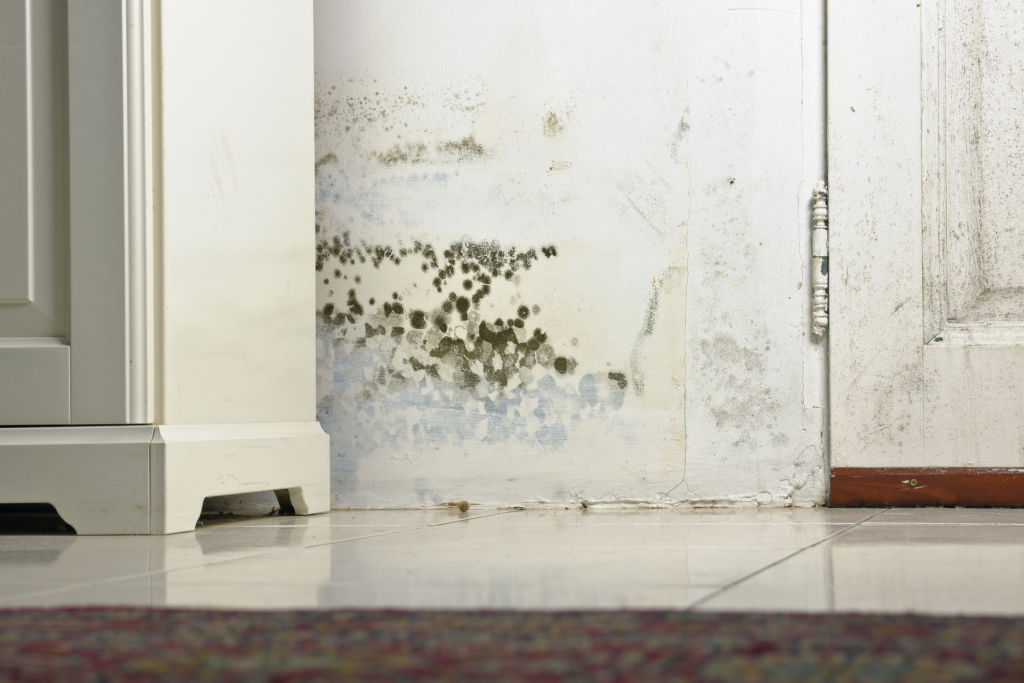
Small patches of mould can be removed from many surfaces such as walls and tiles by scrubbing with a product specifically for cleaning mould, wiping off the residue and allowing the surface to dry.
Mouldy carpets should be replaced, including the underlay, but be sure to check that mould hasn’t spread to the subfloor before laying new carpet.
Liddell says home owners should focus on not only treating the mould but also preventing reoccurrence by fixing leaks, improving airflow and killing mould spores, which requires professional help.
“We treat an area for mould, and then we fog the property,” he said. “The fogging gets rid of the airborne spores.”
3. Pungent foods
You may fancy yourself a master chef, but potential buyers won’t want to be breathing in the residue of your culinary creations.
If you are living in the property while it’s on the market, try cooking outside on the barbecue instead and hold off on cooking particularly strong-smelling foods that linger, such as fish, eggs, sauerkraut or curry, at least until you’ve found a buyer.
Cooking smells often remain in fabrics, so have curtains and carpets cleaned before opening your home and consider removing offensive-smelling furniture and staging your property instead.
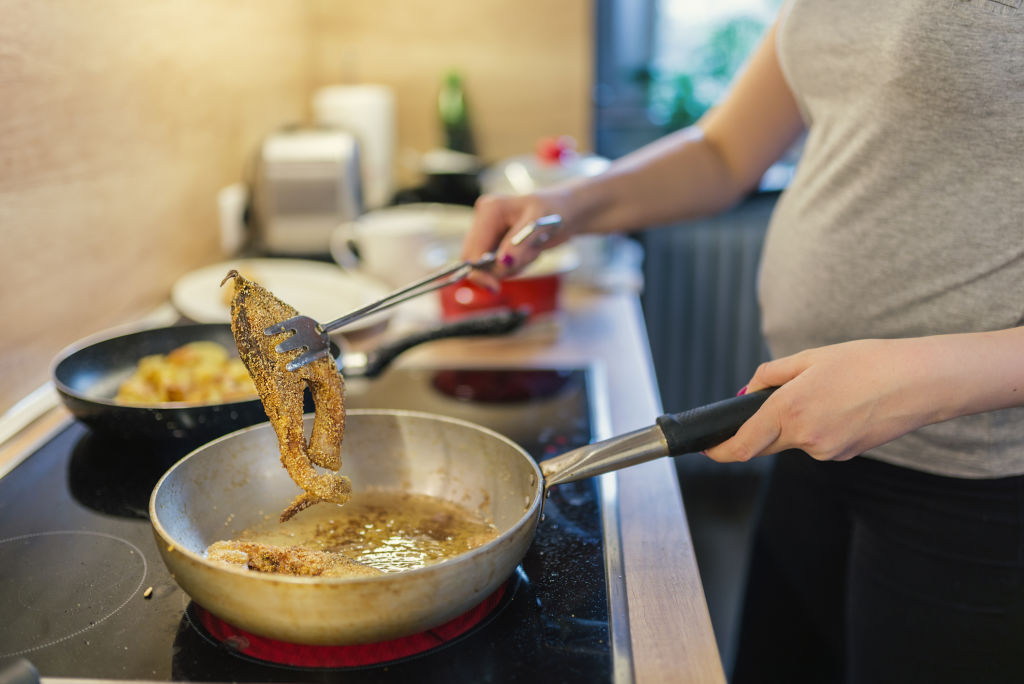
4. Sewage
A waft of sewer gas is enough to send potential buyers running, but it’s not always a sign of problematic plumbing. Often, the smell of sewage enters the property through infrequently used drains like the floor waste in a bathroom or laundry.
The pipes in these drains feature an S-bend, or trap, which is designed to retain water to create a barrier that prevents sewer smells from entering the home. If the drain isn’t used often, the water barrier can dry out, allowing odours to enter.
An easy solution is to pour a few litres of water into the floor waste to flush it and refill the S-bend, which restores the barrier. If smells remain, call a plumber to diagnose the issue.
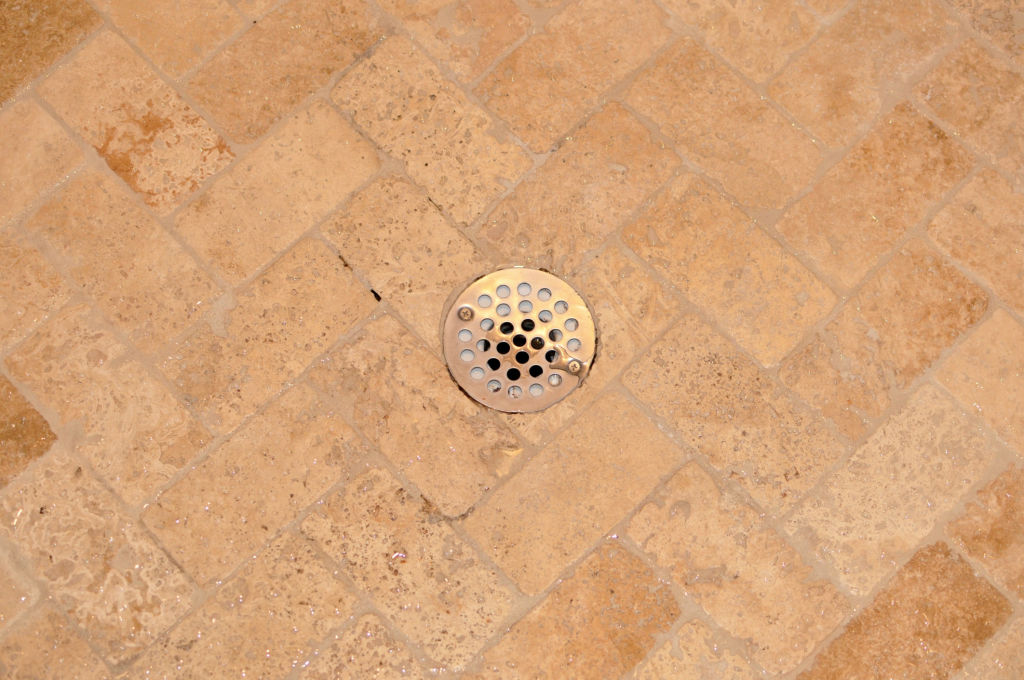
5. Stinking fridges
The refrigerator is a common source of kitchen odours, so if it will be in the home during the inspection, thoroughly clean it beforehand.
To clean the fridge, turn it off and remove everything, storing items you want to keep in a cooler. Take the time to throw out any old or out of date items that could be causing smells.
Remove all the shelves and drawers and wash them with soapy water, then wipe the internal walls and surfaces. You can improve the smell of your fridge using a vanilla-scented kitchen cleaner or make your own using essential oil.
Once the fridge is clean and restocked, put a few tablespoons of bicarb soda in a container and leave it open inside the fridge to absorb any remaining odours.
Your fridge also has a drip pan located in the base, either behind a kick panel at the front, or the rear. Moisture collects here, so if it isn’t emptied and cleaned regularly, mould can develop, leading to smells. Most trays are removable to make draining and cleaning easier.
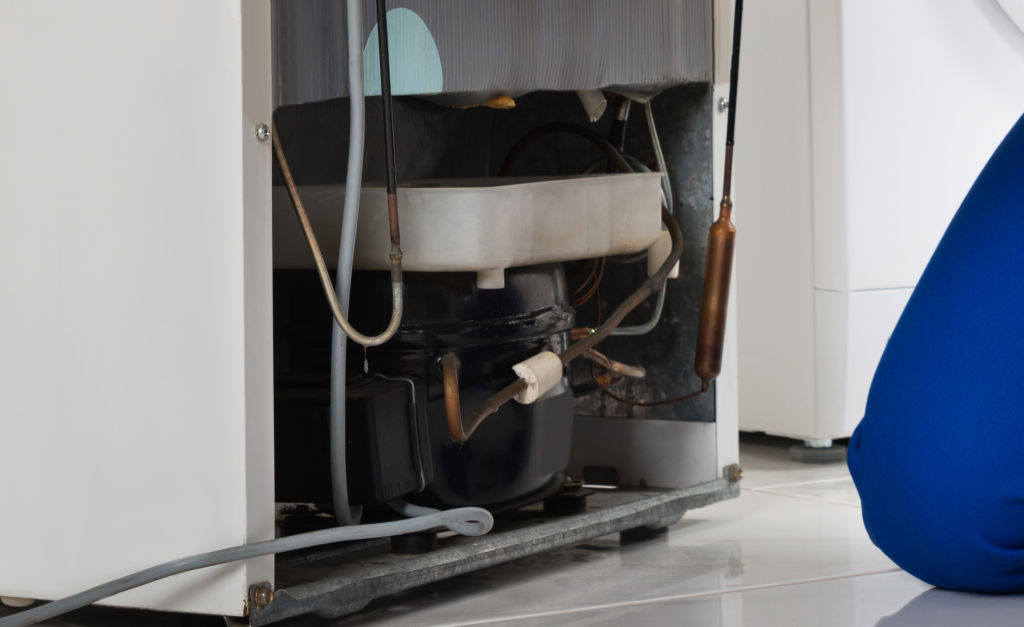
Thinking of selling? Read Domain’s Ultimate Guide To Selling Your Home to find out everything you need to know.
We recommend
We thought you might like
States
Capital Cities
Capital Cities - Rentals
Popular Areas
Allhomes
More
- © 2025, CoStar Group Inc.
